Giant cell arteritis (GCA) is one of the most common forms of vasculitis in adults. The gold standard for confirming a diagnosis of GCA has long been temporal artery biopsy (TAB); however, non-invasive imaging modalities, such as ultrasound, are now available to help rheumatologists make an immediate diagnosis.

During the Tuesday, October 28, session Great Debate: Giant Cell Arteritis: Ultrasound vs. Biopsy, Tanaz Kermani, MD, MS, and Wolfgang Schmidt, MD, MACR, will debate whether and when to perform a biopsy to diagnose GCA, and whether ultrasound can preclude the need to perform biopsies. The session will take place from 10–11 a.m. in Room W375B of McCormick Place.
Dr. Kermani, Clinical Professor in the Division of Rheumatology at the University of California, Los Angeles (UCLA), and Founder and Director of the multidisciplinary UCLA Vasculitis Program, will take the position that ultrasound should not replace biopsy in GCA diagnosis, in part because the disease is a difficult one to diagnose and is dependent on the rheumatologist’s expert assessment of the patient.
The case in favor of prioritizing biopsy in the diagnostic toolkit is bolstered by the fact that ultrasound tests and other imaging modalities require adequate training to perform and interpret, and if both biopsy and ultrasound are done, there may not be good agreement between them. For example, sometimes the biopsy will show vasculitis, but the ultrasound will be normal. Or the ultrasound will be abnormal, suggesting vasculitis, but the biopsy is normal. For that reason, many rheumatologists consider biopsy a better gold standard for assessing the affected tissue.
In Europe, however, ultrasound is widely used to diagnose GCA. In Germany, ultrasound for suspected vasculitis has been an integral part of rheumatology training since 2022, said Dr. Schmidt, Senior Consultant, Department of Rheumatology at Waldfriede Hospital, and Professor, Charité–Universitätsmedizin, Berlin. He will present evidence that ultrasound is fast, patient-friendly, and cost-effective, can be done by the rheumatologist in the clinic, and provides an immediate diagnosis.
“I think that is the most important ‘pro’ for ultrasound,” he said.
Ultrasound allows examination for extracranial arteritis, detects subclinical GCA in polymyalgia rheumatica, and is positive for a long time, particularly in axillary arteries.
“You can also confirm the diagnosis if the patient has had some steroids,” Dr. Schmidt explained.
On-demand access to recorded presentations will be available to registered participants of ACR Convergence following the annual meeting through October 31, 2026.
Don’t Miss a Session

If you can’t make it to a live session during ACR Convergence 2025, make plans to watch the replay. All registered participants receive on-demand access to scientific sessions after the meeting through October 31, 2026.
